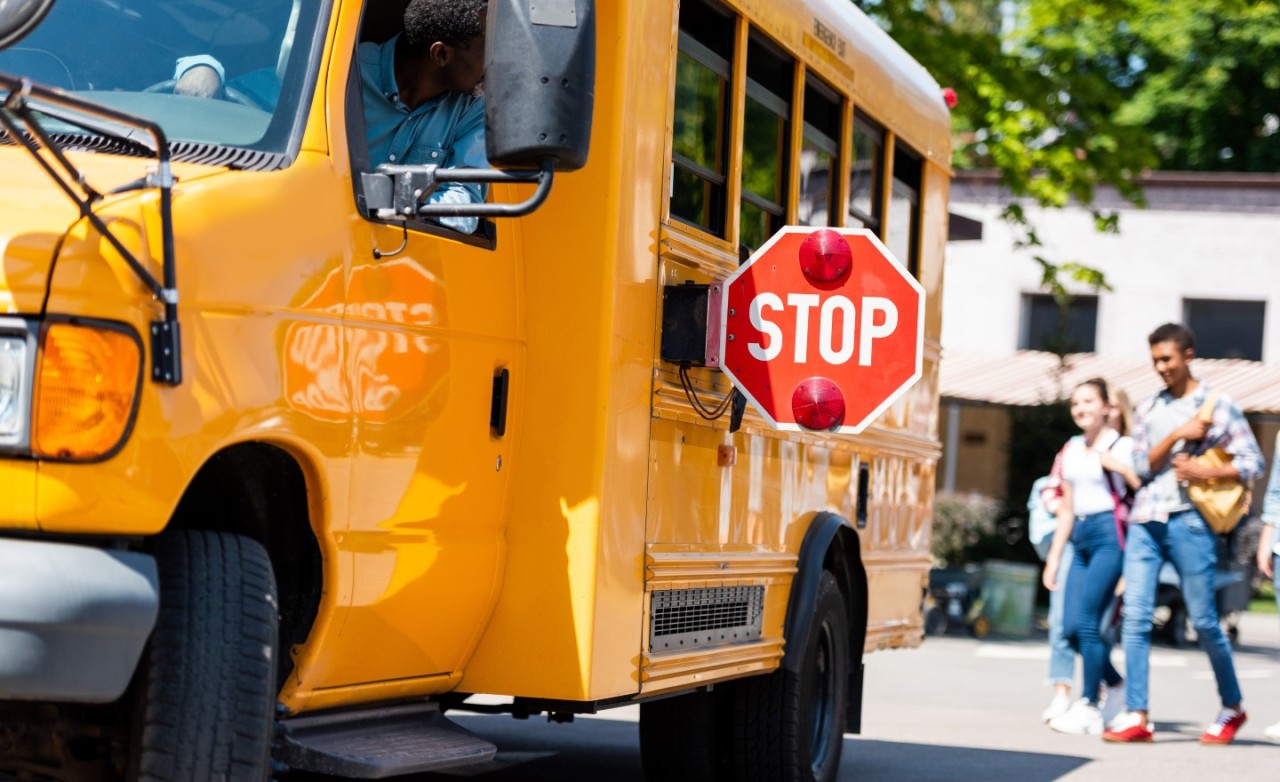[ad_1]
Story at a glance
- Students may get access to mental health services at their school.
- Mental health professionals in schools include school counselors, psychologists and social workers.
- Many public schools say that they have inadequate access to licensed mental health professionals and lack funding for their programs.
As students return to classrooms this fall, family members, caretakers and teachers may be worried about their children’s mental health. Although schools are not the only place where students can get mental health support, they may be one of the few places where they can speak to mental health professionals, especially if they are underinsured.
“Many people do not realize what an important setting schools are in the overall landscape of mental health services for children and adolescents,” says Gwendolyn Lawson, who is a researcher in the Department of Child and Adolescent Psychiatry and Behavioral Sciences at Children’s Hospital of Philadelphia (CHOP) and an assistant professor of psychiatry at the Perelman School of Medicine at the University of Pennsylvania, in an email to Changing America. “Schools are among the most common settings in which youth receive mental health services and can make services easier to access and less stigmatizing.”
How students get access to services
Mental health services are often available in schools and the process of accessing them may vary from district to district, or from school to school. During the 2021-22 school year, 96 percent of schools report offering mental health services, although only 56 percent say they “moderately or strongly agreed that they could effectively provide mental health services to all students in need,” according to the U.S. Department of Education’s School Pulse Panel survey for 2022.
In some situations, schools may have a system in place for universal screenings or “well-being checks” to help identify students who could benefit from additional support. “In most schools, parents, guardians, or students themselves can reach out to a school counselor, social worker, or other school mental health professional and ask for assistance accessing services,” says Lawson. “That professional can point them toward resources within their school or within the community, depending on what is available.”
In addition to providing individual therapy to children or adolescents, school mental health providers often work with teachers, families, and other important people in children’s lives. They may also implement group-based interventions, family-based interventions, provide external referrals, general outreach and assessment.
For parents and caretakers who are thinking about mental health for their children, they can contact the school to ask about what services are available at the school or in the community. Mental health services may be available through community mental health clinics. They can also share concerns with their pediatrician who may be able to point them in the right direction, notes Lawson.
Challenges to access: funding
According to the School Pulse Panel, 48 percent of public schools said they had inadequate funding for their mental health programs.
In a white paper published by CHOP, Lawson and colleagues discuss challenges to building and sustaining mental health programs in schools. They explore how Medicaid can be leveraged to help pay for programs in schools.
“One area of challenge relates to sustainable sources of funding for school mental health services: although leveraging Medicaid to fund services is promising, many schools may face barriers in accessing these funds,” says Lawson. “Funding for prevention and early intervention services (which are critical to strong school mental health programming) and supporting access for uninsured and underinsured students are particularly difficult.”
Another potential source for funding is the American Rescue Plan of 2021, which has allotted $3.5 billion for block grants that will address behavioral health disorders. Recently, Oregon was announced to be the first to receive a grant through the plan for its community-based programs supporting people experiencing mental health and/or substance use crises.
Challenges to access: staffing
Many schools across the country are experiencing teacher shortages. Staffing shortages of school counselors, social workers and other mental health professionals are also a concern. From the School Pulse Panel, 57 percent of public schools responded that they had inadequate access to licensed mental health professionals and 61 percent said they had insufficient mental health professional staff coverage to manage caseload.
A mental health program that is understaffed ultimately limits access to care and may put added pressure on existing providers. The nationally recommended staff to student ratio for psychologists is one psychologist for 500 students, and for school counselors and social workers is one staff member to 250 students, says Lawson. A report from the U.S. Department of Education found that many public schools are not meeting these ratios.
Support is needed for the students
The U.S. Surgeon General issued an advisory in Dec. 2021 regarding mental health in youth due to the COVID-19 pandemic. The School Pulse Panel found that 70 percent of schools reported that the percentage of students seeking mental health support increased since the start of the pandemic. School staff also need mental health support, with 29 percent of schools saying that more of their staff requested services since the start of the pandemic.
Lawson notes there is also a need to develop systems that better support schools in selecting and implementing culturally appropriate and evidence-based interventions as part of the school mental health services.
Additional resources:
- The National Alliance on Mental Health (NAMI) provides support and education resources;
- Therapy4thePeople has a directory of low-cost mental health services and support;
- The Society of Clinical Child & Adolescent Psychology has a website that provides information about evidence-based therapies and other resources for parents and caregivers.
[ad_2]
Source link

